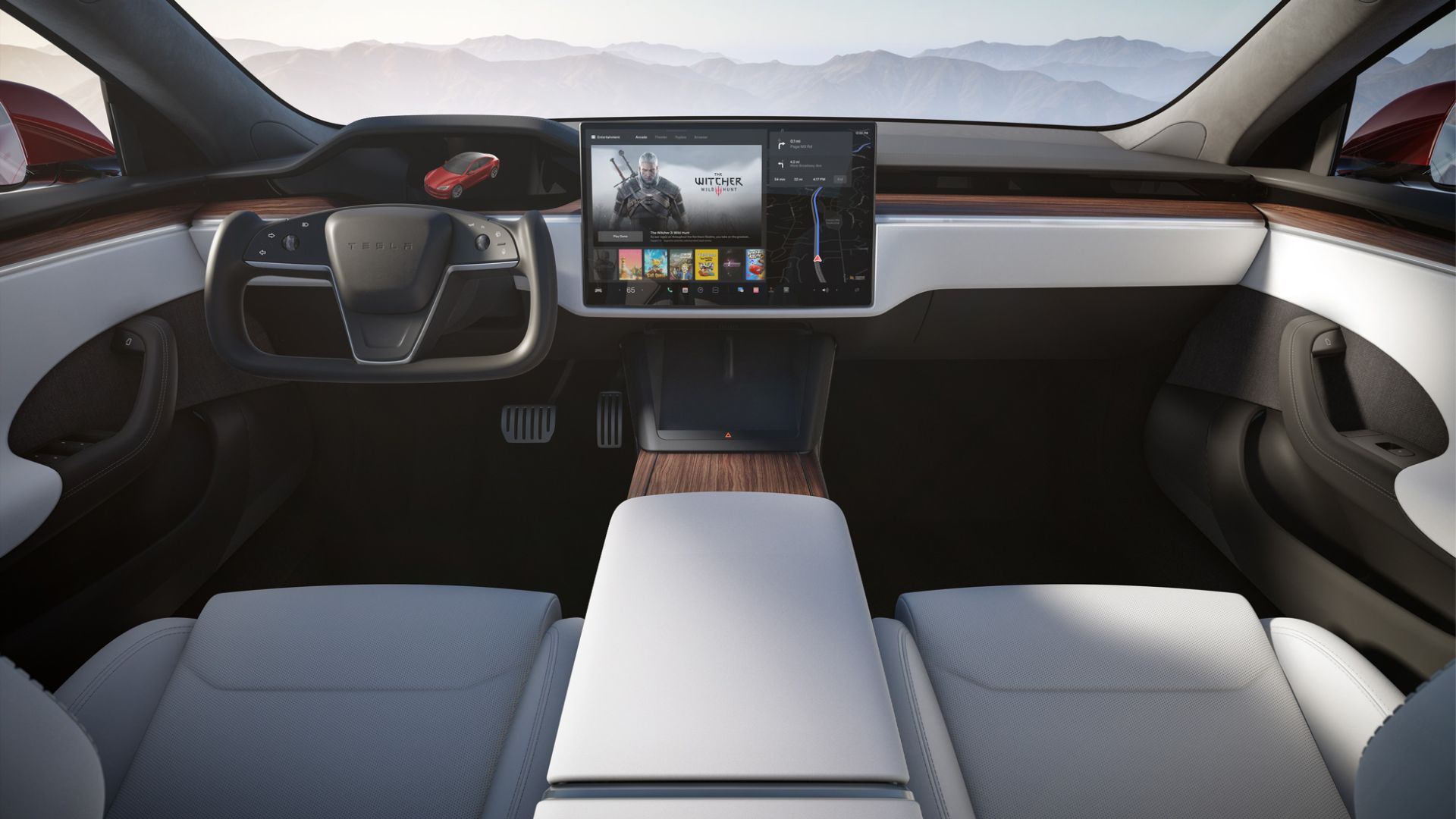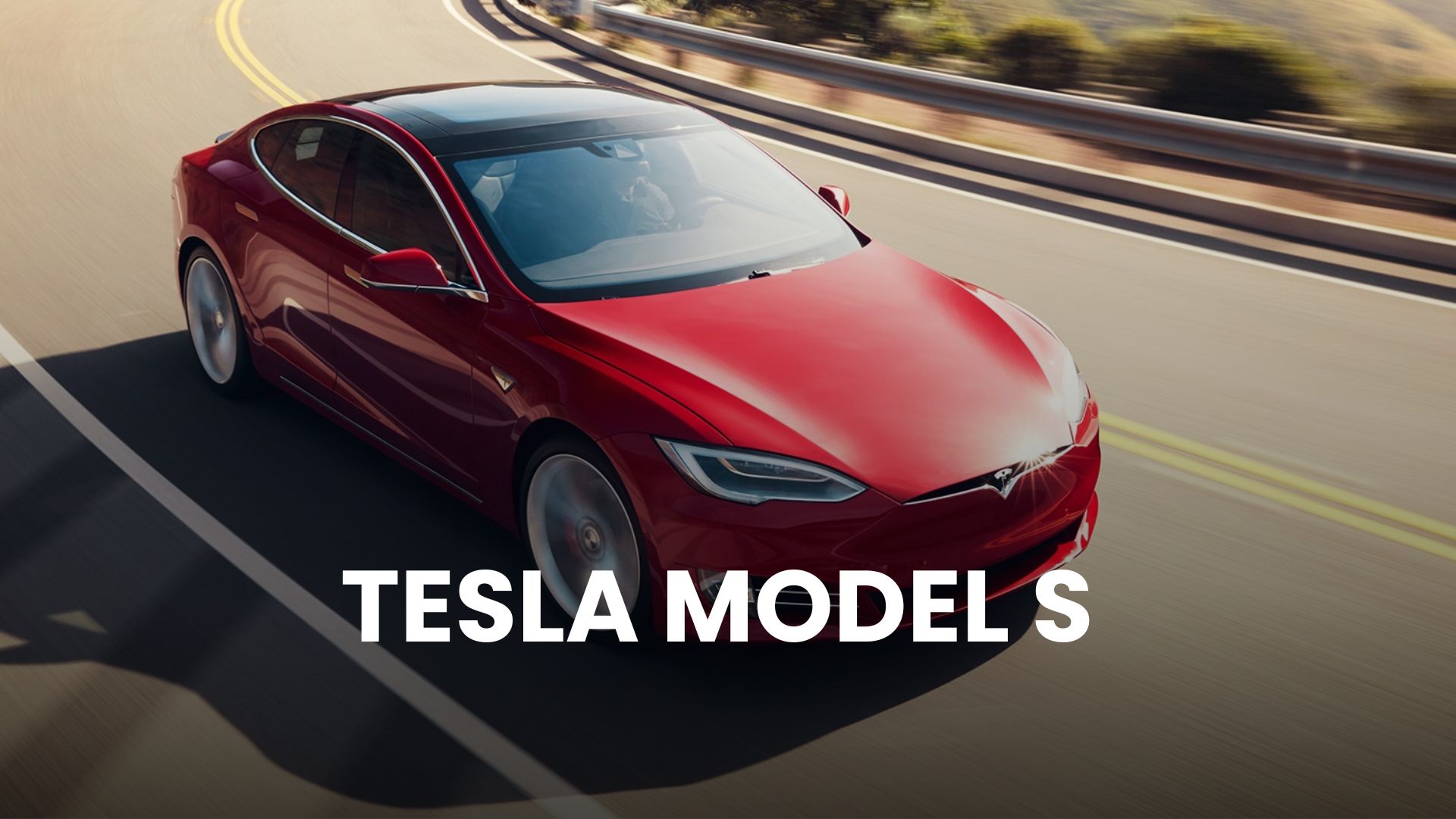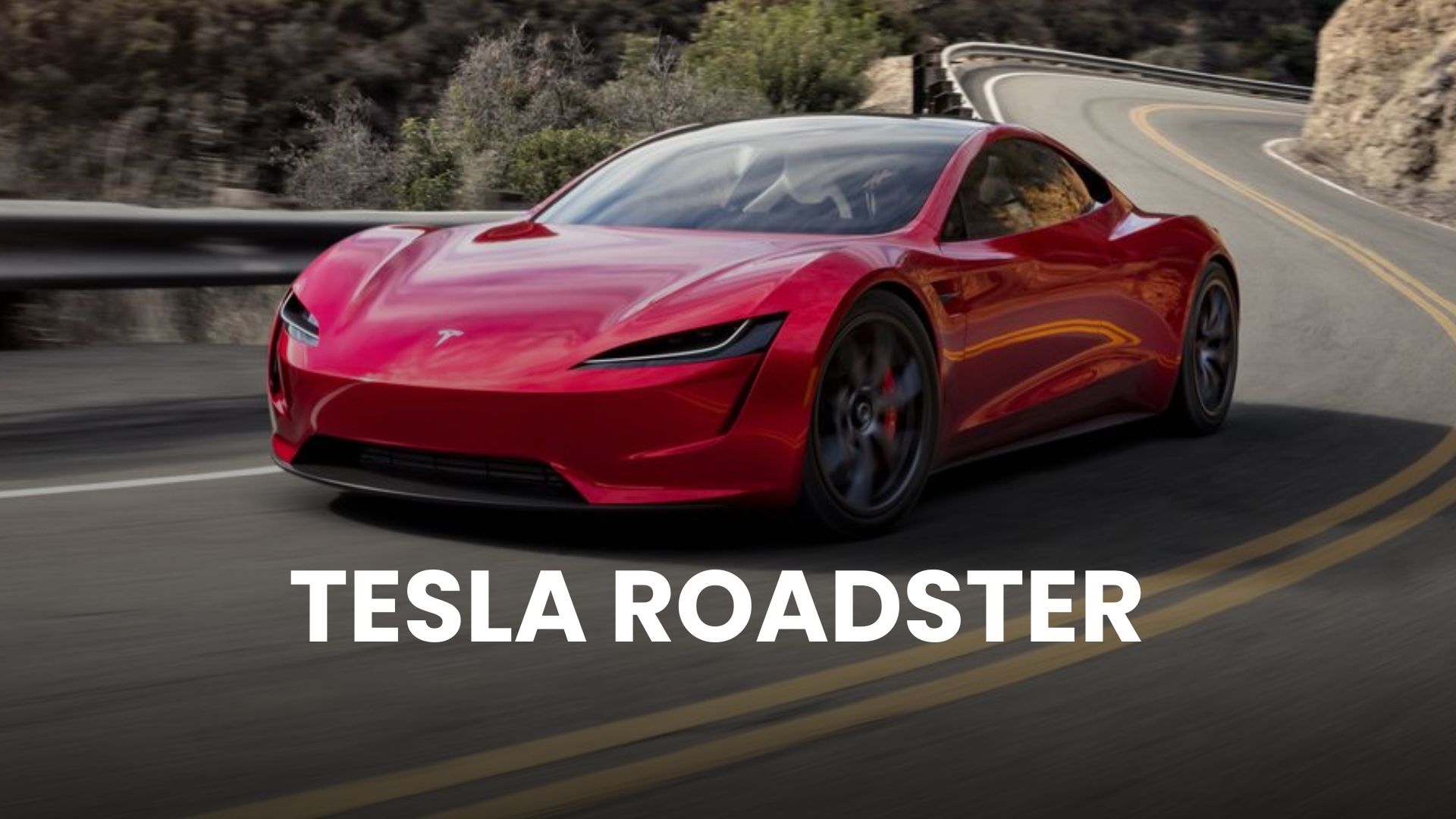Exploring the Tesla Model S, an in-depth look at the sedan’s advanced features, from its powerful electric powertrain to its innovative safety systems, redefining luxury in the electric vehicle market.
The Tesla Model S, since its introduction, has consistently been at the forefront of the electric vehicle industry. This article delves into the sedan’s sophisticated features, examining how they contribute not only to performance and safety but also how they have reshaped expectations in the luxury vehicle segment. Join us as we uncover the technical intricacies of this groundbreaking model.

Table of Contents
ToggleBattery and Performance Metrics
The backbone of the Tesla Model S is its electric powertrain. Initially, in the 2012 release, the Model S came with three battery options: 40, 60, and 85 kWh. Over the years, Tesla has phased out certain battery options and introduced more robust versions, pushing the limits of range and performance. As of recent iterations, the Model S boasts a battery range exceeding 370 miles on a single charge, depending on the variant.
This luxury sedan accelerates from 0 to 60 mph in less than 2 seconds in its high-performance configurations. Comparing this metric to other luxury sedans in its class gives a perspective on the advancement Tesla has achieved in the domain of electric propulsion.

Autopilot and Autonomous Driving
Tesla’s Autopilot is a semi-autonomous driving system that assists drivers with tasks like lane-keeping, adaptive cruise control, and auto lane change. Elon Musk has often emphasized the importance of achieving full autonomy, and the Tesla Model S is a testament to the incremental steps towards that vision. With regular software updates, Tesla enhances the capabilities of Autopilot, inching closer to a more autonomous driving experience.
Interior and User Experience
Inside the Model S, one is met with minimalist design language. The dominant feature is the 17-inch touchscreen, which controls everything from climate to navigation. Over the years, Tesla has improved this interface, making it more intuitive. The Model S also features an advanced HVAC system that includes a Bioweapon Defense Mode – an advanced air filtration system aimed at keeping occupants safe from external pollutants.
Safety Features and Ratings
In the realm of safety, the Model S doesn’t skimp. Equipped with 12 ultrasonic sensors, forward-facing radar, and 8 surround cameras, the vehicle constantly monitors its surroundings. This vast array of sensors not only aids the Autopilot but also works as a comprehensive safety suite. Resulting from its safety features and robust structural design, the Model S achieved high ratings in crash tests, setting benchmarks in the luxury sedan category.
Over-the-Air Updates
A unique approach that Tesla adopted for its vehicles, including the Model S, is the provision of over-the-air (OTA) updates. Traditional automakers typically require owners to visit a service center for software upgrades. In contrast, Tesla vehicles receive periodic software updates that introduce new features, refine existing ones, or sometimes even improve vehicle performance. The nature of these updates means that a Tesla Model S can essentially “evolve” over time, enhancing its features without necessitating a newer model purchase.

Charging Network and Infrastructure
A key concern for electric vehicle users is charging infrastructure. Tesla addressed this by deploying its Supercharger network, high-speed charging stations specifically designed for Tesla vehicles. While the Model S is compatible with many third-party chargers, the Supercharger network allows for rapid charging, achieving up to 170 miles of range in as little as 30 minutes.
The Model S in the Broader EV Context
Within the broader context of the electric vehicle (EV) market, the Model S carved out a distinct position. At its inception, skeptics questioned the viability of EVs as reliable luxury sedans, but the Model S challenged those notions, setting records and broadening perceptions. The sedan didn’t just demonstrate the possibilities of EV technology but also showcased how luxury and performance need not be compromised in the pursuit of sustainability.
Conclusion
Tesla’s Model S isn’t just another luxury sedan. It’s a blend of cutting-edge technology and design aesthetics that sets it apart. From its performance metrics to the constant evolution via OTA updates, the Model S represents what is possible when innovation meets automotive engineering. Elon Musk’s vision for an electric future finds a tangible form in this vehicle, as it continues to influence and redefine the luxury sedan market.






